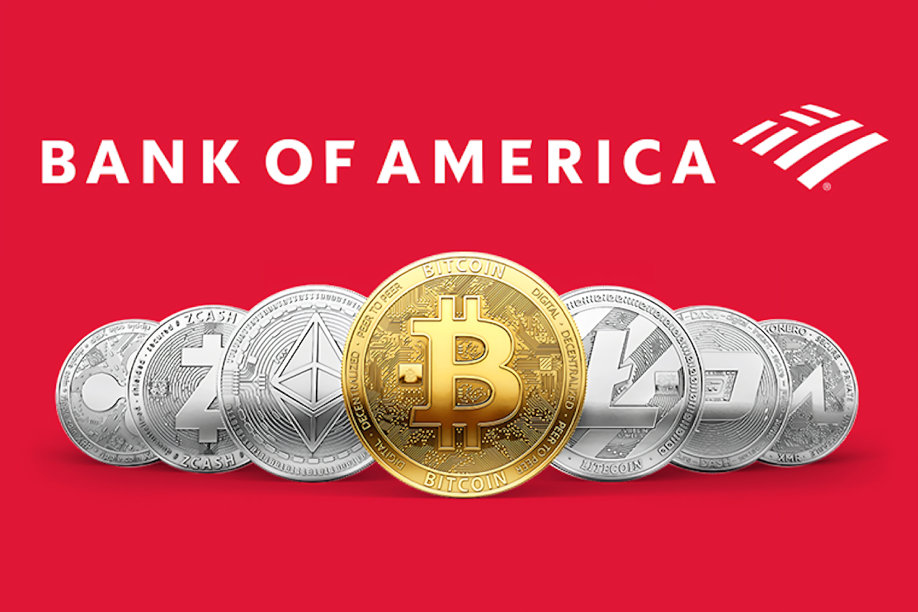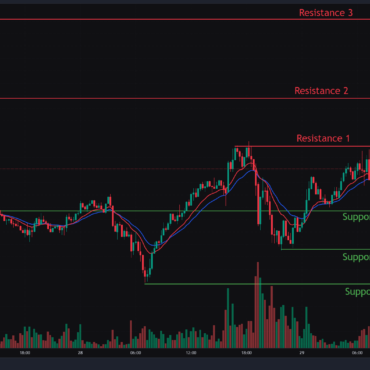Momentous changes are brewing in the American banking landscape. Bank of America, a financial titan with $1.6 trillion in assets, is positioning itself at the forefront of a potential crypto payment revolution. Moreover, the institution is cautiously yet confidently exploring how digital currencies might transform traditional financial transactions.
What Did Bank of America CEO Say?
CEO Brian Moynihan has emerged as a crucial voice in this transformation. Speaking at the World Economic Forum in Davos, he candidly addressed the cryptocurrency integration question. “If the rules come in and make it a real thing that you can actually do business with, you’ll find that the banking system will come in hard on the transactional side of it,” Moynihan remarked.
What Has Happened So Far
Interestingly, Bank of America’s journey with cryptocurrency has been complex and evolutionary. Initially skeptical, the bank has dramatically shifted its stance. They now boast hundreds of blockchain patents and have begun experimenting with blockchain-powered platforms like Paxos Settlement Service, which dramatically reduces stock settlement times from 48 hours to near-instantaneous processing.
Is Stable Coin The Future?
Stablecoins represent a critical bridge between traditional and digital finance. These cryptocurrencies are typically backed by stable assets like the U.S. dollar, providing a more predictable digital payment method. Moynihan specifically highlighted dollar-backed stablecoins as a potential “value-added” payment mechanism for consumers.
How Will Modern Banking Look
Modern banking could leverage cryptocurrency for transformative purposes. Cross-border transactions could become nearly instantaneous, eliminating current delays and reducing intermediary costs. Small businesses in Texas could potentially pay suppliers in Singapore within seconds, bypassing traditional currency conversion hurdles.
Expectation From Trump’s Policies
The incoming Trump administration appears on track to accelerate crypto adoption. Experts anticipate executive orders that could establish a crypto advisory council and create more friendly regulatory environments. Circle CEO Jeremy Allaire suggests these policy changes could come “imminently,” potentially opening doors for banks to trade and offer crypto investments.
The Broader Implications
Cryptocurrency’s integration into mainstream banking represents more than a technological shift—it’s a fundamental reimagining of financial infrastructure. According to Coinbase, stablecoins processed $10.8 trillion in transactions in 2023, with $2.3 trillion from organic activities like consumer payments.
Significantly, this transformation could address financial exclusion. The FDIC reports that over 19 million U.S. households remain unbanked, often due to traditional banking barriers. Crypto payments, requiring only a smartphone and internet connection, offer an alternative financial pathway.
Crypto Adoption by institutions
Institutions like JPMorgan Chase and BlackRock are also signaling growing acceptance. JPMorgan’s JPM Coin now processes roughly $1 billion in daily institutional transactions, while BlackRock’s spot Bitcoin ETF has become the largest of its kind.
Conclusion
Ultimately, Bank of America’s potential crypto payment integration symbolises a broader industry transformation. By carefully navigating regulatory landscapes and technological innovations, traditional banks are gradually bridging the gap between conventional and digital financial ecosystems.
The future of banking is not about replacing existing systems but enhancing them—making transactions faster, more accessible, and fundamentally more efficient.
Written By Fazal Ul Vahab C H




